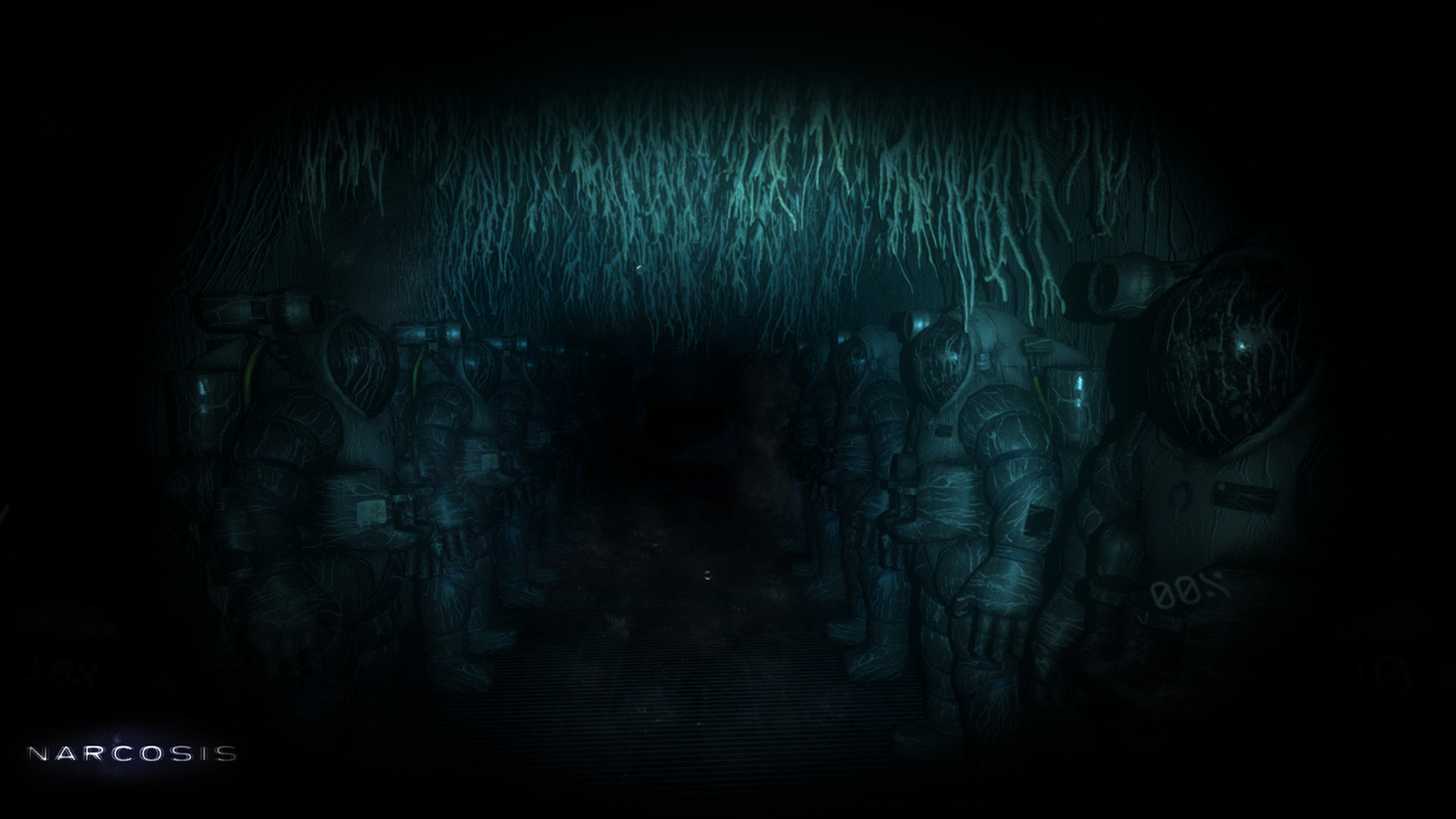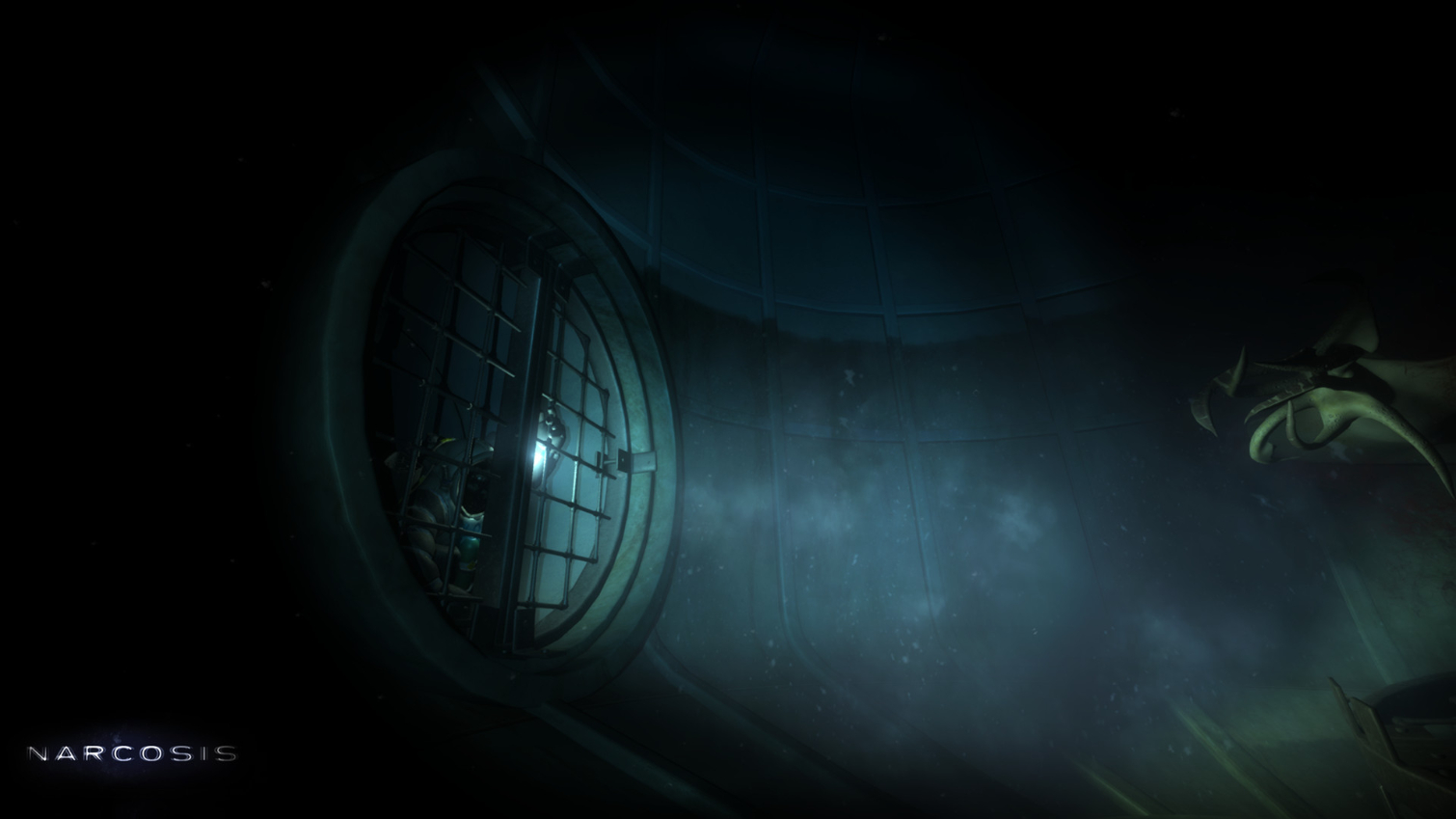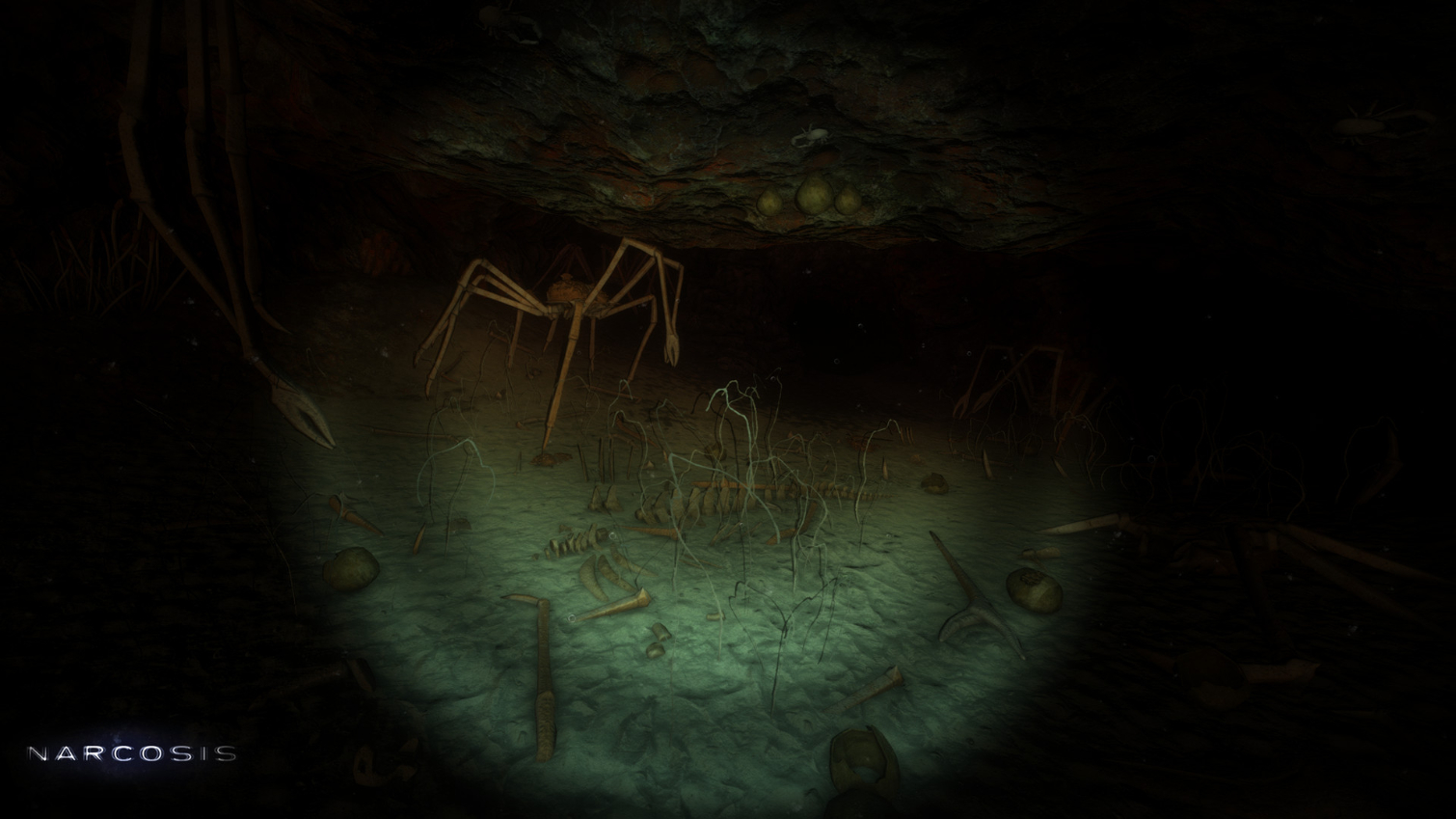'Narcosis' On The Oculus Rift: Prepare To Be Terrified
Honor Code Inc released Narcosis, which is a first-person psychological horror game that takes place at the bottom of the Pacific Ocean. I wanted to get a feel for the game before writing about its release, but I wasn’t mentally prepared for the experience. Narcosis becomes truly frightening within minutes, and I didn’t last much longer than that.
Narcosis is kind of like Adr1ft. You start off in a high-pressure suit, and moments after the game starts, there’s an industrial accident that leaves you all alone, in an imminently life-threatening situation. The primary difference between Adr1ft and Narcosis is the setting. Where Adr1fttook place on a damaged space station, Narcosis takes place at the bottom of the ocean. Being alone in space is scary, but on the bottom of the ocean, you’re not really alone. And that makes it far more frightening.
In the first moments of Narcosis, you're in in a training facility so you can learn how to navigate within the dive suit you’re wearing. I don’t want to give anything away, but suffice it to say that there’s something about the training session that sets the tone and shows you that something’s a little off.
Once the game gets started, you’ll find yourself at the bottom of the ocean walking among the fish and crabs. The gear you’re wearing shows readouts of your oxygen level. The first time I glanced down, I had 74%. Seconds later, it was down to 73%. The rapid loss of air pressure caught my attention and inspired me to move through the deep dark waters a little faster, which, to my dismay, prompted a warning of my elevated oxygen consumption.
The developers behind Narcosis considered that your body uses more oxygen when you move quickly and erratically—and when your heart is racing with adrenaline from fear—and accounted for those realities in the game. If you walk around a corner into an alarming situation (and you will), your oxygen consumption will accelerate. You must regulate your pace and keep an eye out for refill stations if you want to survive.
I Don’t Like Crabs Anymore
Searching desperately for oxygen replenishment is an unnerving experience by itself, but oxygen isn’t your biggest concern. As far as you know, you’re the only person alive in the depths after the catastrophe that rocked the base you were working on, but there are many creatures that live on the sea floor.
Honor Code Inc. did a great job with the ambient sound in the game. As you explore, you hear the creaking sounds coming from the damaged structure in the background. Crabs of assorted sizes scurry around on the ocean floor, leaving the sound of tiny footsteps forever in your ear. The sound of these spider-like creatures running around you puts you in a state of unease and dreading what else is coming around the next corner.
Get Tom's Hardware's best news and in-depth reviews, straight to your inbox.
The normal-sized crabs pose no threat to you, but there are giant crabs that you want to steer clear of. Not long into the game, I found myself wandering through a twisty maze of a cave and happened upon a nest of dozens of small crabs, followed by the largest crab I’ve ever set my eyes on. If I were playing the game on a traditional screen, the giant crab probably wouldn't have fazed me much, but as it was, I was playing the game with an Oculus Rift headset. Standing face-to-face with a crab taller than myself, I marched forward with my trusty pocket knife in hand. A word of advice: Don’t do that.
I lasted long enough to get in exactly one swing before the giant crab smashed its armored claw right through the glass lens of the dive suit that was keeping me alive.
It was at this moment that I bailed on the game, and hard. With my heart racing through my chest, and my lungs struggling to keep up with their newfound oxygen quota, I pulled the headset off yelling “NOPE! NOPE! NOPE! NOPE!”
I’ve been playing Resident Evil VII on the PSVR, and I’ve had a few intense moments, but nothing compares to the terror I felt while dying on the bottom of the Pacific Ocean.
Honor Code Inc. implemented an excellent motion sickness prevention mechanism that improves comfort when you're using the thumbstick to move around. As you move forward, the game’s field of view is reduced on all sides. Researchers at Columbia University discovered that this technique dramatically diminishes the chance for motion sickness.
Strangely, the developers included keyboard and mouse support in the VR version of the game. Keyboard and mouse movement works well enough, but I wouldn’t recommend playing this way in VR. When you sit close enough to your desk to reach a keyboard and mouse, you may end up too close to the sensor. A gamepad would be the better control method for most people.
Terrifying Doesn’t Mean Bad
It’s important not to confuse my fear of Narcosis with any dislike of the game. On the contrary, despite my poor pounding heart, I enjoyed my short experience with the game and intend to go back. I expect my visits to the ocean floor will come in short bursts, though.
I didn’t get far enough into the game to give the storyline a proper critique, but my experience with the gameplay so far lives up to my expectations. If you enjoy a good scare, Narcosis is a good title to dive into.
Narcosis is available on the Oculus Store for Oculus Rift, and it's available on the Steam store for HTC Vive, Oculus Rift, and OSVR. You can also play the game without a VR headset--Xbox One owners will get a chance to play Narcosis in the coming weeks.
Kevin Carbotte is a contributing writer for Tom's Hardware who primarily covers VR and AR hardware. He has been writing for us for more than four years.
-
Sakkura Note that you'll also be going inside the damaged/ruined structures, it's not just marching around on the sea floor.Reply
As for the features to reduce motion sickness, there are many options that can be adjusted or disabled, so you can tailor the game to your level of sensitivity. Which is great.
Regarding sitting too close to the sensor, that depends on your sensor setup.



